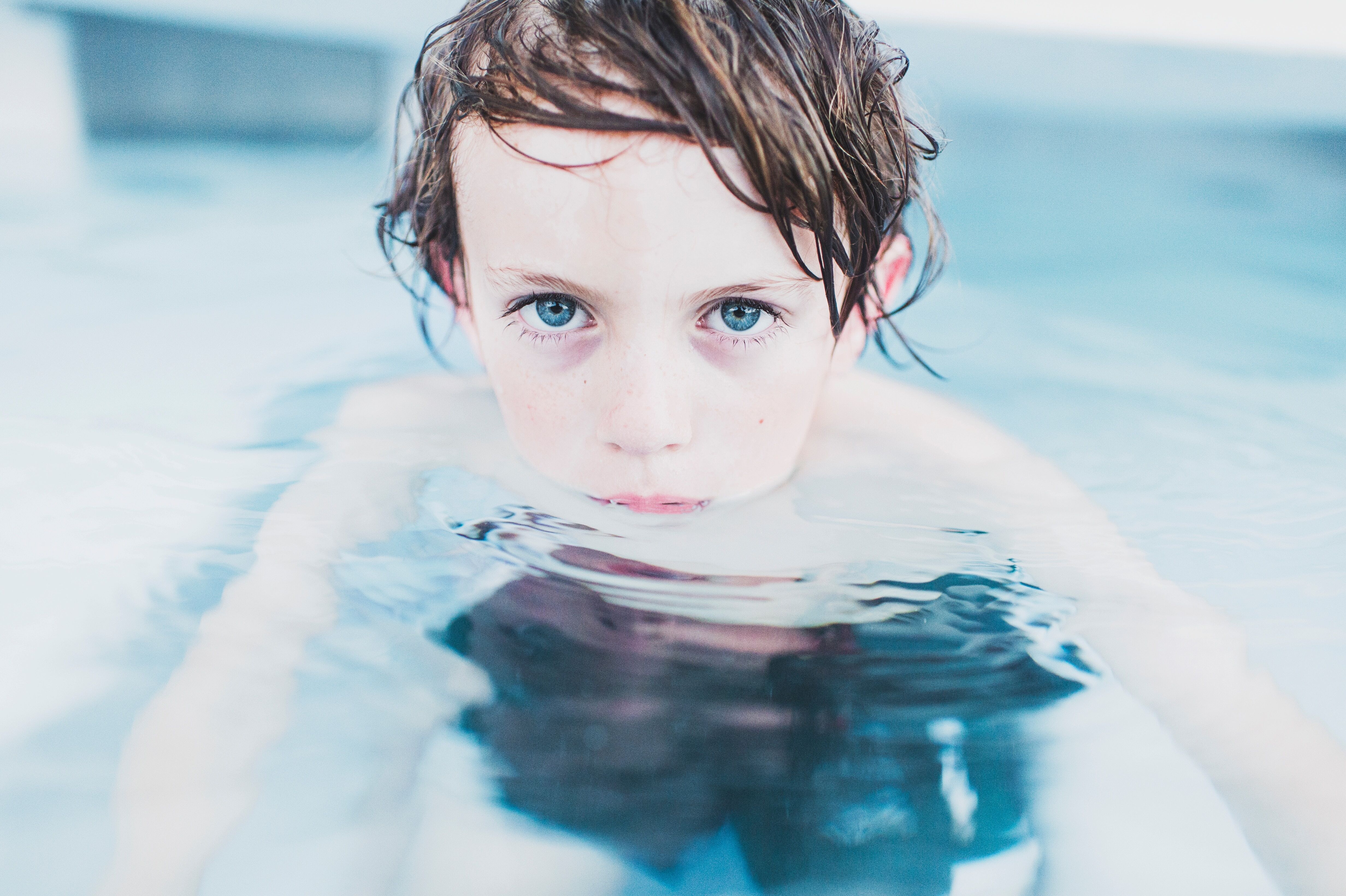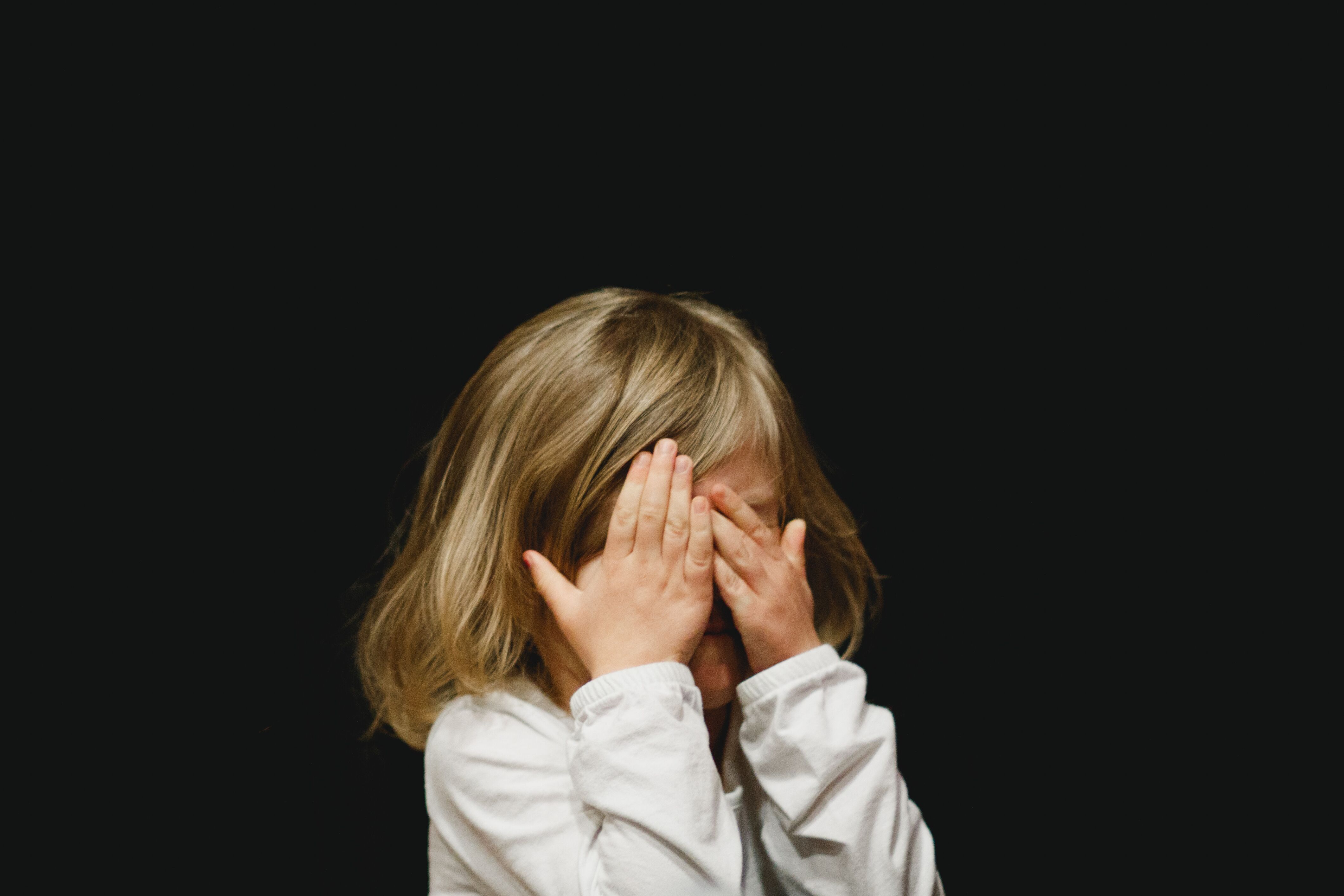Does you child suffer from anxiety? Not quite sure how to help? Michael Grose and Dr Jodi Richardson give 6 easy tips on how to help your anxious child.
As much as we’d like to, we can’t rid our kids of their anxiety, but we can help them to manage it in ways that enable them to move it from centre stage and get on with living a vibrant, rich and meaningful life.
If you’re the parent of an anxious child you’re most certainly not alone. The number of children experiencing an anxiety disorder is currently estimated at 117 million worldwide. Here in Australia, there’s an average of two anxious kids in every classroom; and they’re the ones with a diagnosis. Many more anxious kids are yet to have their anxiety identified and understood.
Here are 6 tips to support you to parent your anxious child:
1.Explain anxiety
Anxious kids can struggle to explain how they feel and can worry that no one will understand what they’re going through. That’s why explaining anxiety is an important step in supporting an anxious child. The knowledge that anxiety is well understood, that other kids experience it and that it’s manageable brings them immediate relief.
Teach your anxious child that the part of their brain that protects them from danger is always on high alert. Called the amygdala, it’s meant to protect them from genuine danger but for anxious kids, it can be almost constantly activated.
Explain that when they feel anxious, their amygdala sends signals to their body to fight or flee from the threat, whether the threat is real or imagined.
Next, talk about the changes that happen in the body to power them up to fight or flee. They can experience an increased heart rate, rapid breathing and an upset stomach. They might even feel dizzy, hot, sweaty and panicked. Anxiety effects thinking and behaviour too.
Teach your anxious child that the part of their brain that protects them from danger is always on high alert.
2. Respond with empathy
In the midst of an anxious moment it’s natural to want to reassure anxious kids they’ve got nothing to worry about. Reassurance works in the short term but soon wears off and they’re coming back for more. This can become an unhelpful pattern. Instead, respond with empathy and validation. Use ahhh statements like “Ahhh, I see you’re feeling really anxious right now, I know how hard this is for you” or “I know you’re feeling really worried right now, it’s not much fun feeling like that is it?” Anxious kids need to know you understand what they’re going through.

3. Show the amygdala they’re safe
Once the amygdala senses danger, the cascade of events that follow can’t be stopped. The body and brain will respond as if the danger is immediate. The only way to help an anxious child to calm their anxious brain is to teach them to show their amygdala they’re safe. This can be done with breathing.
Deep and intentional breathing helps an anxious child to calm their amygdala and will begin to reduce their anxious symptoms. Practice intentional breathing regularly in between anxious times before applying this in the midst of an anxious moment.
4. The antidote to worrying
It’s often said that anxiety is distress now about a possible future which is why worrying is so common among anxious kids. When their minds fast-forward to an upcoming event or expectation, their amygdala can respond as if the ‘threat’ to their safety is immediate. The antidote to worrying is mindfulness. Put simply, mindfulness is paying attention to what’s happening in the present moment. It’s a skill that can be learned, it takes time but is a powerful anxiety management strategy.
The antidote to worrying is mindfulness.
5. Practice defusing sticky thoughts
Anxious thoughts can get stuck, refusing to budge no matter how much attention is payed to them. Defusion is a strategy that helps anxious kids look at their thoughts rather than from them. Let’s say your anxious child is worried about an upcoming test. They’re thinking “I’m going to fail the test”. The thought makes them feel awful.
Defusion helps kids (all of us) to look at our thoughts by reminding us that the words in our heads are indeed just words, thoughts that come and go, not our reality. Thoughts can be defused by putting a statement in front of the thought such as: “I notice I’m having the thought that I’m going to fail the test” or by saying the thought in a character voice like Darth Vader or Peppa Pig or singing it to the tune of happy birthday or a nursery rhyme. Defusion puts distance between anxious kids and their thoughts.

Defusion helps kids (all of us) to look at our thoughts by reminding us that the words in our heads are indeed just words, thoughts that come and go, not our reality.
6. Get the fundamentals right
Ample sleep, good nutrition and exercise are essential for anxious kids. Support your child to adhere to their optimal bedtime so they wake naturally around the time of their alarm, reduce their sugar intake to support their gut health and to exercise regularly for optimal mental health.
These are some of the many strategies that you can share with your child to support them to recognise their anxiety, understand how it impacts their body and brain, how they can manage their symptoms and, importantly, how they can turn down the volume on their anxiety and live life in full colour.
For more information on anxiety in children read
Anxious Kids, How children can turn their anxiety into resilience
By MICHAEL GROSE & DR JODI RICHARDSON
Published by Penguin Life



